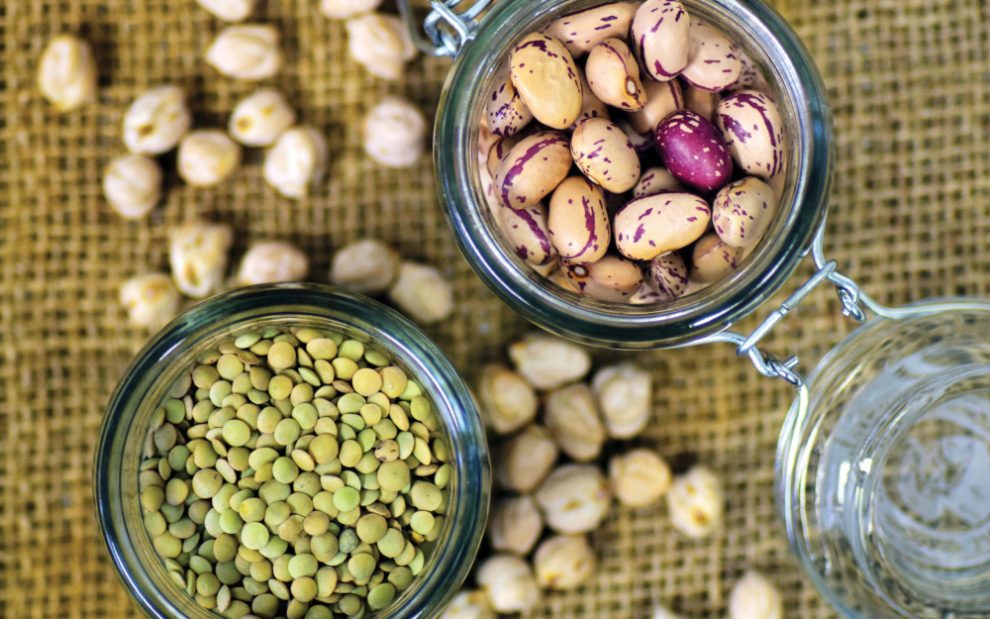Every summer, my father planted huge gardens that yielded the food our family lived on for much of the year. And every summer my sister and I were pressed into service in those gardens, weeding and bean picking before we were allowed to head off across the fields to join our friends.
Homesteading, thrifting, and sustainable living are now in vogue. But back then subsisting on the land in a ramshackle farmhouse with no telephone or running water was not considered glamorous, so my sister and I tried to hide the embarrassing truths about our lifestyle. We did our best to make our secondhand attire stylish and hoped no one would learn that in our home showering meant dumping a bucket of spring water over one’s head. While other teenagers had TV rooms in their houses, we had a Bean Room, where dad hoarded piles of dried beans and squash among the heaps of prayer books and religious magazines. Our peers drove their fast cars, played loud music, and met up for fast food, while at home my family sat down to meals of beans.
Long after we moved out of that farmhouse, beans took on a larger significance in our collective imaginations, growing beyond their status as culinary staples into signifiers for the unique weirdness of our lives. Beans also represented Dad’s big dreams about establishing a utopian community on the land where we would wait out the apocalypse.
These were not dreams his children shared, but it was impossible not to view the grandiosity of his vision with a kind of respect.
Dad used to wax eloquent about the return on investment that beans offer. Why invest money, he would say, when you get only a tiny percentage back? Whereas with beans, one tiny seed in the ground yields hundreds. Sometimes, on rare trips to the small local grocery store, he would horrify us by offering to pay for our margarine and powdered milk with a handful of beans and treating the cashier to an eloquent explanation of bean economics, the economics of abundance.
Now, as the world faces food shortages and supply chain slowdowns, as we live with the dread of climate disaster and, once again, nuclear war, I find myself ruefully admitting that Dad had a point. His dream of self-sufficiency may have been naïve, but he was clear-eyed about the futility of cutthroat competition and striving materialism, about the chasm that exists between the numbers on the stock exchange and the hungers of everyday life. I am even grateful for those long hours hunched in the garden weeding and picking beans.
I cherish no illusions that subsistence agriculture will save me, especially at a time when our relationship with nature has become so fractured. But working with growing things means stepping out of the economics of scarcity and into that of abundance, where a single seed becomes hundreds. The diversity and extravagance of nature stands in contrast to the paucity of a capitalist terrain where the desperate are pitted against the desperate, and a few privileged parties hoard the world’s wealth.
As history edges closer to the kind of disastrous future Dad foresaw, we are discovering the inadequacies of our ideas about survival. If survival means scrapping over meager resources, it will be brief and probably ugly. The COVID-19 pandemic demonstrated this, with people fighting for supplies and refusing to make even small sacrifices for the sake of our more vulnerable neighbors.
The economics of the bean seed reminds us that scarcity is not natural. It is an artifice we have constructed, a mechanism that allows the few to prosper on the backs of the many. I don’t know what it would take to recover an economics of abundance on a pragmatic level. I do know that if we are looking for messages about how to live and seek happiness, a handful of bean seeds is not a bad place to begin.
This article also appears in the July 2022 issue of U.S. Catholic (Vol. 87, No. 7, page 7). Click here to subscribe to the magazine.
Image: Pixabay/Urike Leone












Add comment